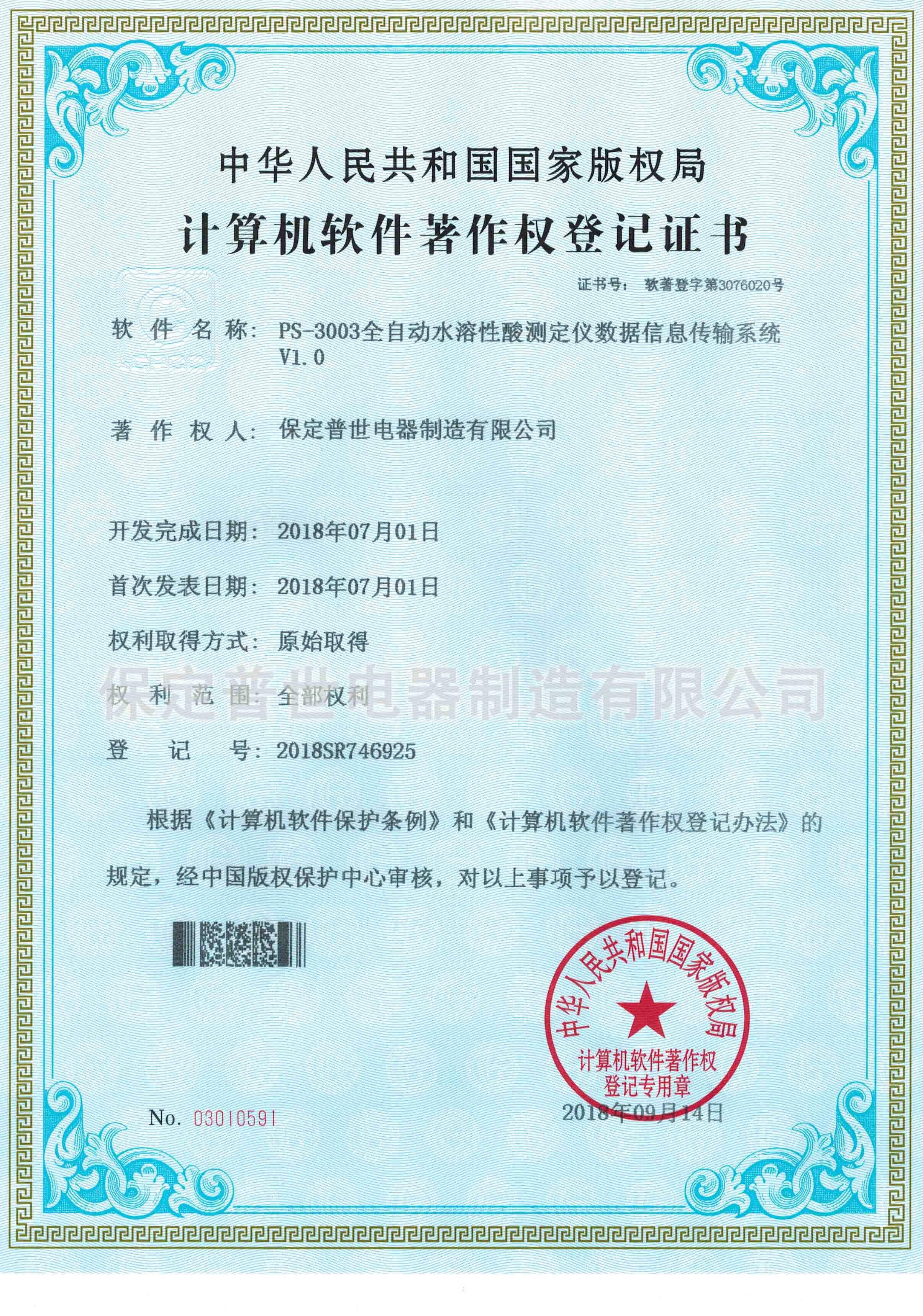 English
English



-
 Afrikaans
Afrikaans -
 Albanian
Albanian -
 Amharic
Amharic -
 Arabic
Arabic -
 Armenian
Armenian -
 Azerbaijani
Azerbaijani -
 Basque
Basque -
 Belarusian
Belarusian -
 Bengali
Bengali -
 Bosnian
Bosnian -
 Bulgarian
Bulgarian -
 Catalan
Catalan -
 Cebuano
Cebuano -
 China
China -
 China (Taiwan)
China (Taiwan) -
 Corsican
Corsican -
 Croatian
Croatian -
 Czech
Czech -
 Danish
Danish -
 Dutch
Dutch -
 English
English -
 Esperanto
Esperanto -
 Estonian
Estonian -
 Finnish
Finnish -
 French
French -
 Frisian
Frisian -
 Galician
Galician -
 Georgian
Georgian -
 German
German -
 Greek
Greek -
 Gujarati
Gujarati -
 Haitian Creole
Haitian Creole -
 hausa
hausa -
 hawaiian
hawaiian -
 Hebrew
Hebrew -
 Hindi
Hindi -
 Miao
Miao -
 Hungarian
Hungarian -
 Icelandic
Icelandic -
 igbo
igbo -
 Indonesian
Indonesian -
 irish
irish -
 Italian
Italian -
 Japanese
Japanese -
 Javanese
Javanese -
 Kannada
Kannada -
 kazakh
kazakh -
 Khmer
Khmer -
 Rwandese
Rwandese -
 Korean
Korean -
 Kurdish
Kurdish -
 Kyrgyz
Kyrgyz -
 Lao
Lao -
 Latin
Latin -
 Latvian
Latvian -
 Lithuanian
Lithuanian -
 Luxembourgish
Luxembourgish -
 Macedonian
Macedonian -
 Malgashi
Malgashi -
 Malay
Malay -
 Malayalam
Malayalam -
 Maltese
Maltese -
 Maori
Maori -
 Marathi
Marathi -
 Mongolian
Mongolian -
 Myanmar
Myanmar -
 Nepali
Nepali -
 Norwegian
Norwegian -
 Norwegian
Norwegian -
 Occitan
Occitan -
 Pashto
Pashto -
 Persian
Persian -
 Polish
Polish -
 Portuguese
Portuguese -
 Punjabi
Punjabi -
 Romanian
Romanian -
 Russian
Russian -
 Samoan
Samoan -
 Scottish Gaelic
Scottish Gaelic -
 Serbian
Serbian -
 Sesotho
Sesotho -
 Shona
Shona -
 Sindhi
Sindhi -
 Sinhala
Sinhala -
 Slovak
Slovak -
 Slovenian
Slovenian -
 Somali
Somali -
 Spanish
Spanish -
 Sundanese
Sundanese -
 Swahili
Swahili -
 Swedish
Swedish -
 Tagalog
Tagalog -
 Tajik
Tajik -
 Tamil
Tamil -
 Tatar
Tatar -
 Telugu
Telugu -
 Thai
Thai -
 Turkish
Turkish -
 Turkmen
Turkmen -
 Ukrainian
Ukrainian -
 Urdu
Urdu -
 Uighur
Uighur -
 Uzbek
Uzbek -
 Vietnamese
Vietnamese -
 Welsh
Welsh -
 Bantu
Bantu -
 Yiddish
Yiddish -
 Yoruba
Yoruba -
 Zulu
Zulu
potentiometric technique
Potentiometric Technique Principles and Applications
The potentiometric technique is a powerful analytical method predominantly used in the field of chemistry to determine the concentration of ions in a solution. This method leverages the relationship between the voltage (potential difference) generated at an electrode interface and the concentration of specific ions, adhering to the principles laid out by the Nernst equation. The technique’s precision, simplicity, and versatility make it invaluable across various industries, including environmental monitoring, pharmaceuticals, and food quality assurance.
At the core of the potentiometric method is the use of electrochemical cells, which consist of electrodes immersed in a solution. A typical potentiometric setup includes a reference electrode, which maintains a constant potential, and an indicator electrode, which responds to changes in ion concentration. When an ion-selective electrode (ISE) is used, it selectively reacts with a particular ion, generating a potential that correlates with its concentration in the sample. This potential is measured against the reference electrode, allowing for the calculation of ion concentration using the Nernst equation.
One of the key advantages of potentiometric techniques is their ability to provide real-time results. Unlike other analytical methods that may require extensive sample preparation or destructive testing, potentiometric measurements can often be conducted in situ, providing immediate feedback. This feature is particularly beneficial in applications like environmental monitoring, where rapid assessment of water quality parameters, such as pH or specific ion concentrations, is crucial for regulatory compliance and public safety.
potentiometric technique

In the pharmaceutical industry, the potentiometric technique plays a vital role in quality control and formulation development. It can be employed to measure the pH of various formulations, ensuring that they fall within the specified range for stability and efficacy. Additionally, potentiometry can assess the ion concentration in drug formulations, helping to ensure that active ingredients are present in the correct amounts, thereby guaranteeing therapeutic effectiveness.
The versatility of potentiometric techniques extends to food analysis as well. They are employed to determine the acidity of food products, which is a critical factor influencing flavor, shelf life, and safety. For example, the measurement of lactic acid in dairy products or citric acid in citrus fruits can be accurately achieved using potentiometric methods. This ensures that products maintain their desired quality and safety standards.
Despite its numerous advantages, the potentiometric technique does have limitations. The accuracy of measurements can be affected by factors such as temperature fluctuations, the presence of interfering ions, and electrode drift over time. Nevertheless, advancements in electrode technology and the development of more sophisticated data processing techniques are continuously improving the reliability of potentiometric measurements.
In summary, the potentiometric technique represents an essential tool in analytical chemistry. Its ability to provide quick and reliable measurements of ion concentration across various applications underscores its significance in industry practices. As technology continues to evolve, the integration of potentiometric methods with automated systems and real-time data analysis promises to enhance its applicability even further, thereby solidifying its importance in future scientific endeavors. Whether it’s monitoring environmental conditions, ensuring pharmaceutical quality, or maintaining food safety, potentiometry stands out as a pivotal method in the analytical toolkit.
-
Testing Equipment Industry Sees Major Advancements in 2025: Smart & Precision Technologies Lead the WayNewsJun.06,2025
-
Applications of Direct Current Generators in Renewable Energy SystemsNewsJun.05,2025
-
Hipot Tester Calibration and Accuracy GuidelinesNewsJun.05,2025
-
Digital Circuit Breaker Analyzer Features and BenefitsNewsJun.05,2025
-
Benefits of Real-Time Power Quality Monitoring Devices for Industrial EfficiencyNewsJun.05,2025
-
Earth Fault Loop Testing in High-Rise Building Electrical SystemsNewsJun.05,2025



